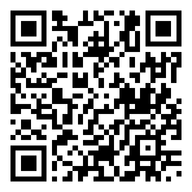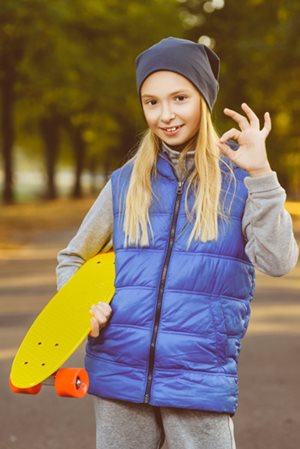Overview
Skateboarding and longboarding are popular activities for children and teenagers. However, skateboarding has a high risk of injury. In 2011, there were over 78,000 emergency room visits from skateboard injuries. Many of these injuries may be small, such as bruises, small cuts, or sprains. According to the National Trauma Databank, there are over 450 hospital admissions each year due to skateboard injuries. These include severe injuries such as broken bones and brain injuries.
Common Injuries
Injuries may be from minor falls that cause scrapes and scratches. However, very severe injuries may happen if you fall from a height or skateboard into another skateboarder, car, or bike. Injuries may include:
- Bruises, small scratches/cuts
- Deep cuts including cuts on the face
- Broken bones such as ankle, wrist, elbow, and leg injuries
- Traumatic brain injuries
These injuries can occur in any child or teenager. However, different age groups are more likely to get certain injuries. Patients over the age of 16 are at greatest risk of getting a brain injury and a break in the shin bone (tibia). Patients under the age of 10 are at greatest risk of having a break in the thigh bone (femur).
Age Recommendations
The American Academy of Pediatrics recommends close adult supervision for children between the ages of 6-10 while skateboarding. They state that children under the age of 5 should not ride a skateboard.
What Can You Do to Make Skateboarding Safer?
Protective gear and skateboarding at a skateboard park instead of the street will decrease the chance of brain injuries.
- Make sure your children always wear protective gear including a helmet. Wrist guards, elbow and knee pads are also available.
- Do not let your children play near traffic. Tell your children and their friends to stay off of the streets and away from cars, buses, and train. Do not skateboard when the ground is wet or it is raining.
- Make sure your child’s skateboard is in good condition. The wheels should not be loose and there should not be cracks or broken parts.
- Children should also be taught basic skateboarding skills. They need to be able to stop or turn suddenly if needed. One-third of injuries happen during the first week of learning the sport.
- Always have an adult watching.
- There should be only one person on a skateboard at a time. Multiple children on one skateboard increases the chance of injury.
- Take turns, be considerate of other skateboarders, and do not use headphones while skateboarding.
More Inforamtion
The American Academy of Pediatrics
Resources
- AAOS. OrthoInfo: Skateboarding Safety. 2013.
- Lustenberger T, Talving P, Barmparas G, et al. Skateboard-related injuries: Not to be taken lightly. A National Trauma Databank Analysis. Journal of Trauma. 2010; 69: 924-927.
- Rethnam U, Yesupalan RS, Sinha A. Skateboards: Are they really perilous? A retrospective study from a district hospital. BMC Research Notes. 2008, 1:59.
Page QR Code:


 POSNA.org
POSNA.org

